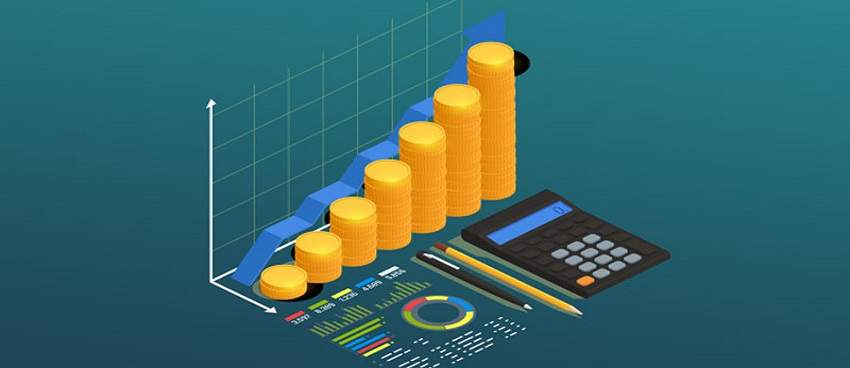Add stability to your MF portfolio with large-cap exposure


Large caps tend to fall less when compared with mid-cap and small-cap funds. Hence, provides some downside protection to your portfolio. Read on to find out more.
Large caps that are usually termed blue chips offer great downside protection when compared with mid-caps and small-caps. However, the returns provided by them during a rally is less when compared to midcaps and small-caps. This is the reason why most investors shy away from investing in large caps as they provide lower returns. In this article, we have explained what are large-cap funds and how they can help cushion your equity portfolio when the equity market is not so exciting.
What are large-cap funds?
As defined by the Securities and Exchange Board of India (SEBI), large-cap funds are those which should dedicate a minimum of 80% of their assets to the top 100 stocks in terms of full market capitalization.
Comparison between large, mid and small-cap
To compare the three, we have taken Nifty 100 Total Returns Index (TRI), Nifty Midcap 150 TRI and Nifty Smallcap 250 TRI as the representative of large-cap, mid-cap and small-cap funds, respectively. The period for comparing is from November 21, 2011, to November 22, 2021.
|
Indices |
Average Rolling Returns (%) |
||
|
1-Year |
3-Year |
5-Year |
|
|
Nifty 100 TRI |
16.00 |
12.96 |
12.94 |
|
Nifty Midcap 150 TRI |
22.05 |
17.37 |
17.61 |
|
Nifty Smallcap 250 TRI |
21.05 |
13.84 |
14.14 |
As we can see from the above table that, mid-caps and small-caps indeed perform better than large-caps in terms of rolling returns. The purpose of using rolling returns is that it gives a better picture than trailing returns. However, only looking at returns tells you the half story. Hence, it makes sense to also look at risk metrics.
|
Indices |
Risk Metrics |
|||
|
Standard Deviation (%) |
Sharpe Ratio |
Sortino Ratio |
Maximum Drawdown (%) |
|
|
Nifty 100 TRI |
16.87 |
0.94 |
1.17 |
-37.92 |
|
Nifty Midcap 150 TRI |
17.45 |
1.26 |
1.50 |
-43.06 |
|
Nifty Smallcap 250 TRI |
18.89 |
1.11 |
1.29 |
-59.78 |
The above table clearly shows that in terms of risk as measured by standard deviation and maximum drawdown, large-caps pose relatively less risk than that of mid-caps and small-caps. Therefore, having a large-cap exposure in your portfolio would help you to contain the downside risk to some extent rather than just investing in mid-caps and small-caps. Moreover, it is prudent to access your risk profile, as it would help you decide the appropriate asset allocation.
Below is the list of top five large-cap funds
|
Fund Name |
Trailing Returns (%) |
||
|
1-Year |
3-Year |
5-Year |
|
|
Axis Bluechip Fund |
32.36 |
21.60 |
20.34 |
|
Canara Robeco Bluechip Equity Fund |
35.02 |
22.26 |
19.35 |
|
BNP Paribas Large Cap Fund |
32.96 |
20.34 |
17.07 |
|
Kotak Bluechip Fund |
38.64 |
21.05 |
17.04 |
|
IDBI India Top 100 Equity Fund |
40.70 |
21.02 |
15.84 |
Share Market Today
| Indices Name | Price | Price Change (% change) |
|---|---|---|
| S&P ASX 200 | 7690.70 | 14.7 (0.19%) |
| CAC 40 | 8091.86 | 0 (0%) |
| DAX | 18088.70 | -48.95 (-0.27%) |
| Dow Jones | 38460.92 | -42.77 (-0.11%) |
| FTSE 100 | 8040.38 | 0 (0%) |
| Hang Seng | 17201.27 | 0 (0%) |
| US Tech Composite | 15717.75 | 16.11 (0.1%) |
| Nikkei 225 | 37920.96 | -539.12 (-1.4%) |
| S&P 500 | 5071.63 | 1.08 (0.02%) |
| Gift Nifty | 22364.50 | -5.5 (-0.02%) |
| Shanghai Composite | 3044.82 | 0 (0%) |
| Taiwan Weighted | 20131.74 | 532.46 (2.72%) |
| US 30 | 38424.30 | 42.5 (0.11%) |
Start Investing in 5 mins*
Rs. 20 Flat Per Order | 0% Brokerage
